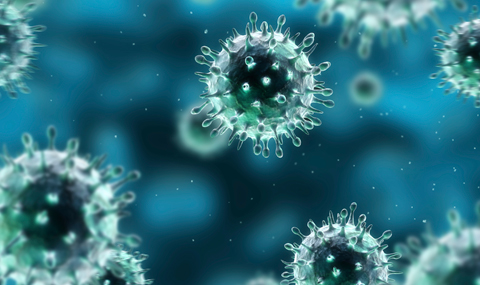Hospital-Acquired (Nosocomial) Infections
What Are Nosocomial Infections?
Nosocomial infections are infections are acquired in hospitals and other healthcare facilities. To be classified as a nosocomial infection, the patient must have been admitted for reasons other than the infection. He or she must also have shown no signs of active or incubating infection.
These infections occur:
up to 48 hours after hospital admission
up to 3 days after discharge
up to 30 days after an operation
in a healthcare facility when a patient was admitted for reasons other than the infection
In the United States, it has been estimated that 9.2 out of every 100 patients acquire a nosocomial infection (Jarvis, et al., 1991).
Types of Nosocomial Infections
Urinary tract infections are the most common type of nosocomial infection. In the United States, surgical site infections, bloodstream infections, and pneumonia are the other most common types (WHO, 2012).The location of a nosocomial infection depends on the nature of a patient’s hospital procedure.
What Causes Nosocomial Infections?
Nosocomial infections are caused by pathogens that easily spread through the body. Many hospital patients have compromised immune systems, so they are less able to fight off infections. In some cases, patients develop infections due to poor conditions at a hospital or a healthcare facility, or due to hospital staff not following proper procedures.
Some patients acquire nosocomial infections by interacting with other patients. Others encounter bacteria, fungi, parasites, or viruses in their hospital environment.
Who Is at Risk for Nosocomial Infections?
Any hospital patient may obtain a nosocomial infection.Patients in intensive care units have a higher risk of developing an infection. According to the 1995 European Prevalence of Infection in Intensive Care Study, up to 20.6 percent of ICU patients acquire nosocomial infections during or after their stay.On average, nosocomial patients stay in the hospital 2.5 times longer than patients without infection. Patients with highly compromised immune systems are easily infected. This is because their bodies are not able to control the infections on their own.
What Are the Symptoms of Nosocomial Infections?
Symptoms of nosocomial infections vary by type. They include inflammation, discharge, fever, and abscesses. Patients may experience pain and irritation at the infection site, and many experience visible symptoms.
How Are Nosocomial Infections Diagnosed?
Many forms of nosocomial infections can be diagnosed through sight alone. Pus, inflammation, and rashes may all be indications of infection. Blood and urine culture tests can identify the infection.
How Are Nosocomial Infections Treated?
Treatments for nosocomial infections depend on the infection type. If the infection occurs at the site of a catheter or other inserted line, the line should be removed immediately.
Antibiotics can combat symptoms of many infections. A healthy diet, fluid intake, and rest can encourage natural healing processes and prevent dehydration.
What Is the Outlook for Nosocomial Infections?
Most cases of nosocomial infection are resolved with treatment, but some can be fatal. Early detection and treatment are vital. Under the right conditions, most patients are able to make a full recovery.
Preventing Nosocomial Infections
An estimated 40 percent of nosocomial infections are caused by poor hand hygiene (WHO). Hospital staff can significantly reduce the number of cases with regular hand washing. They should also wear protective garments and gloves when working with patients.
Invasive procedures increase the risk of nosocomial infections. Noninvasive procedures are recommended when possible. Hospitals are encouraged to put patients with C. difficile, MRSA, VRE, and resistant Gram-negative infections into isolation rooms. This can lower the risk of other patients becoming infected.
The use of antibiotics is also a vital component of prevention as well. Your doctor should recommend the use of an antibiotic if you are vulnerable to infection.







